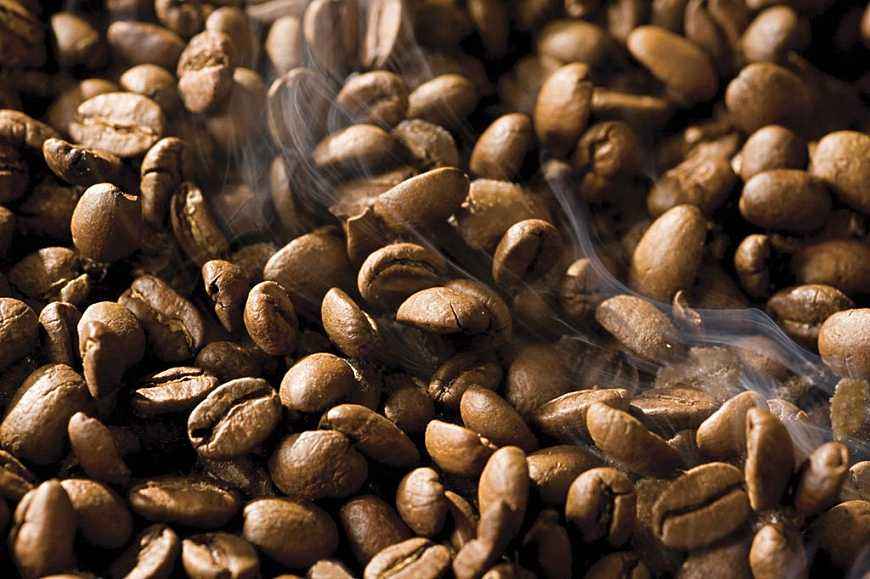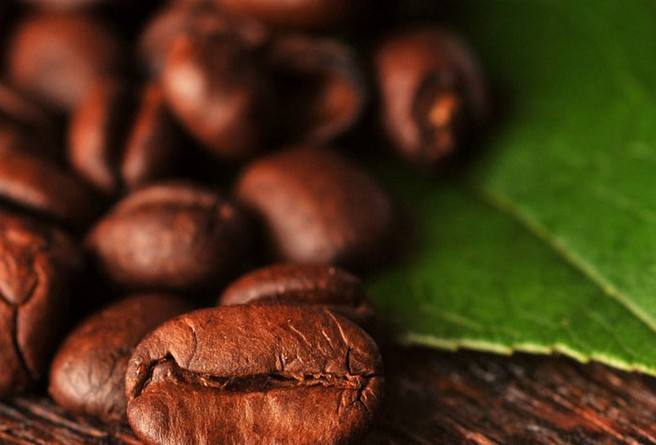Mantenin Brazilian espresso bean flavor and taste characteristics how to match the coffee bean producing area
Follow the caf é (Wechat official account vdailycom) and found that Beautiful Cafe opened a small shop of its own.
Manning, mocha, Brazil are single coffee, Italian coffee is blended coffee, mocha has chocolate flavor and a little sweetness, while Brazil not only has many estates, but also has a large subspecies of Arabica, with many flavors. But Brazilian coffee is not as good as Manning and is often used to match beans.
Coffee can produce a variety of flavors under the influence of many factors, such as caramel, nut or sesame. Different coffee varieties have their own flavors, such as Bourbon, Caturra, Castillo, and Gesha. Altitude will affect the flavor of coffee, and the air with lower oxygen content will form coffee beans with higher density. The treatment of coffee beans has a lasting effect on the flavor of coffee, so the treatment of coffee is very important.

Coffee farmers usually treat coffee cherries with natural treatment, washing treatment, honey treatment or other treatments. The treatment methods vary slightly in different countries and regions. below we will introduce the three most popular coffee bean processing methods and how they affect the flavor of coffee.
Natural treatment
Region: Ethiopia, Brazil
Flavor characteristics: the flavor is diversified and obvious, with rich fruit flavor. Generally speaking, the coffee extracted has a strong flavor.
Natural treatment is also known as drying treatment or natural drying treatment. When coffee cherries are picked and then dried, the peel must be removed when they are dried to a certain moisture content. In the natural drying process, coffee cherries should be intact. The coffee beans in the center of the berries absorb the properties of the exocarp and pulp, which are not removed until they are shelled.
The best natural treatment is to dry on an ordinary African drying bed, which is a high-quality treatment. Natural treatment is more risky than other treatments, because coffee beans can produce a strong odor, commonly known as "fermentation", if they are not dried carefully or unevenly. If handled at will, the coffee beans will be dirty, resulting in the smell of lime. This is why many small coffee farms advocate washing: peeling off the peel immediately after picking ripe cherries. However, cherry pulp discarded during washing will give off the smell of rotten fruit due to decomposition.
Natural treatment is the oldest method of coffee processing, and it is also the most important method in famous areas such as Brazilian coffee and Ethiopia. In the past, farmers in many areas used natural treatment on coffee beans that were not suitable for export, which saved both energy and time, so this method was not respected. It is only in the past two years that the boutique coffee industry has realized its potential high quality, and the natural treatment method can improve the alcohol thickness of coffee and fully release various flavors of coffee. The flavor of naturally treated coffee beans is strong and obvious.
Washing treatment
Region: Latin America, United States
Common flavor: carambola, dark chocolate, all kinds of flowers, etc. Coffee has mellow flavor, smooth and pure taste and obvious sour taste.
Washed coffee beans have more affinity, and they need to be put into a fermentor for desizing treatment. First, coffee cherries are picked and put directly into a huge funnel, and water transports coffee cherries to a huge reservoir, a process that separates damaged and low-density cherries. High-quality cherries will sink to the bottom, then be sent to the desizing equipment and left there for 36-72 hours.
The taste of washed coffee is cleaner, but this is not to say that they are born better, but that Brazilian coffee beans show their flavor more clearly, in addition to the rich fruit flavor, more is the beans themselves. Washed coffee beans usually have a more sour taste. Because the sugar in the pulp of coffee naturally produces acetic acid during fermentation, acetic acid can enhance the sour taste of coffee. Therefore, it is necessary to balance the PH value of coffee beans during fermentation, otherwise the acid will increase and make the coffee too sour.
Honey treatment
Region: Brazil, Central America
Common flavors: pleasant sweetness, jam and rich lipids, as delicate as honey.
Honey-treated coffee beans have a lot of sweetness, because the peel is removed first, so it does not contain a lot of fruit flavor. Usually honey-treated coffee beans have more oil and softer sour taste, and many times they taste like honey. The acidity is weaker than the water washing treatment and has the same high quality as the natural treatment. For those who don't like washing coffee beans in sour water, honey-treated coffee beans are a good choice. Honey treatment is somewhere between water washing and natural treatment. it needs to prevent coffee beans from fermenting and allow the sticky pectin to dry quickly to remain on the beans.
Because honey treatment keeps pectin on coffee beans, honey-treated coffee beans will show different colors, and the darker the color, the more pectin will be retained.
No matter which method of coffee you like to use, keep in mind that coffee is subjective. Of course, the method of handling it is very important. The process, like the process of making coffee, needs to be very careful and needs to be taken seriously. I think each treatment has its advantages and disadvantages, and a certain treatment can not present 100% of the flavor of coffee beans. The exploration and research of coffee beans is a very interesting thing, but it is not a simple thing at the same time. Good treatment, good extraction process and good tongue will collide with wonderful sparks.
Important Notice :
前街咖啡 FrontStreet Coffee has moved to new addredd:
FrontStreet Coffee Address: 315,Donghua East Road,GuangZhou
Tel:020 38364473
- Prev

The difference between Italian Coffee beans and Manning Coffee beans
Follow the caf é (official Wechat account vdailycom) and found that Italian coffee is divided into medium-roasted, deep-roasted, low-caffeinated and moderately roasted coffee, which is suitable for the taste of most people. The deep-roasted coffee tastes strong and bitter, and it is suitable for people who like rich taste.
- Next

Blue Mountain Coffee is the name of Blue Mountain Coffee.
Pay attention to the coffee comment (Weixin Official Accounts vdailycom ) and find that the name of Blue Mountain Coffee comes from Blue Mountain Coffee, which is produced on the Caribbean island of Jamaica. The island is traversed by many mountains. These mountain slopes are the main producing areas of Jamaica coffee. The Blue Mountains, northeast of Jamaica's capital, are just one of these mountains. This mountain.
Related
- Detailed explanation of Jadeite planting Land in Panamanian Jadeite Manor introduction to the grading system of Jadeite competitive bidding, Red bid, Green bid and Rose Summer
- Story of Coffee planting in Brenka region of Costa Rica Stonehenge Manor anaerobic heavy honey treatment of flavor mouth
- What's on the barrel of Blue Mountain Coffee beans?
- Can American coffee also pull flowers? How to use hot American style to pull out a good-looking pattern?
- Can you make a cold extract with coffee beans? What is the right proportion for cold-extracted coffee formula?
- Indonesian PWN Gold Mandrine Coffee Origin Features Flavor How to Chong? Mandolin coffee is American.
- A brief introduction to the flavor characteristics of Brazilian yellow bourbon coffee beans
- What is the effect of different water quality on the flavor of cold-extracted coffee? What kind of water is best for brewing coffee?
- Why do you think of Rose Summer whenever you mention Panamanian coffee?
- Introduction to the characteristics of authentic blue mountain coffee bean producing areas? What is the CIB Coffee Authority in Jamaica?

